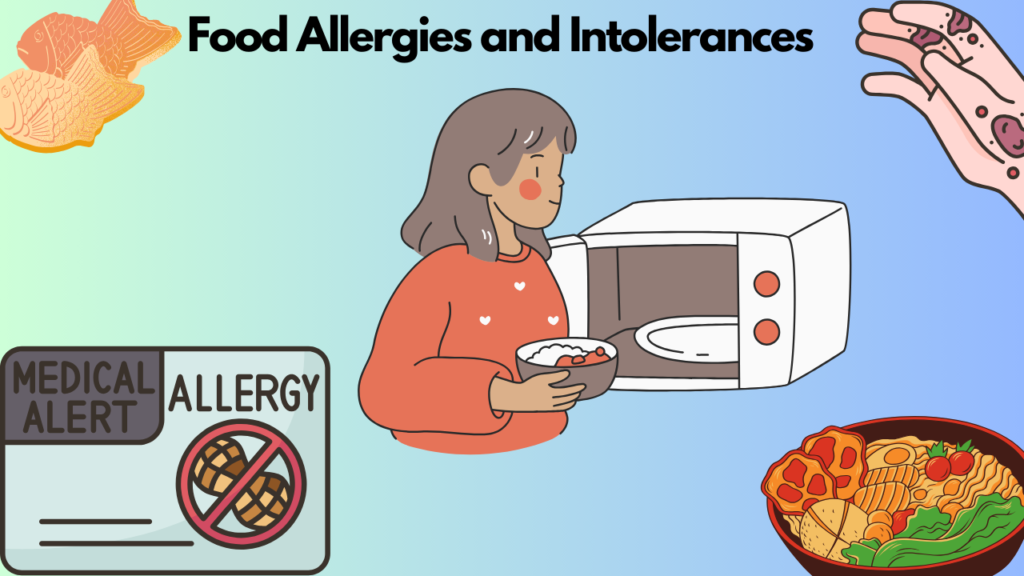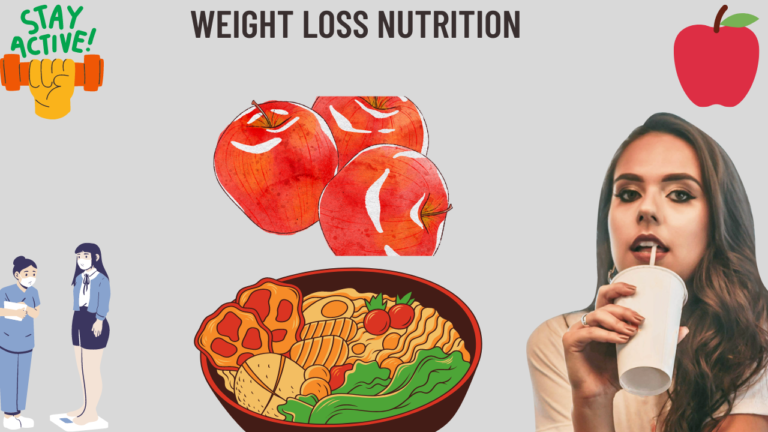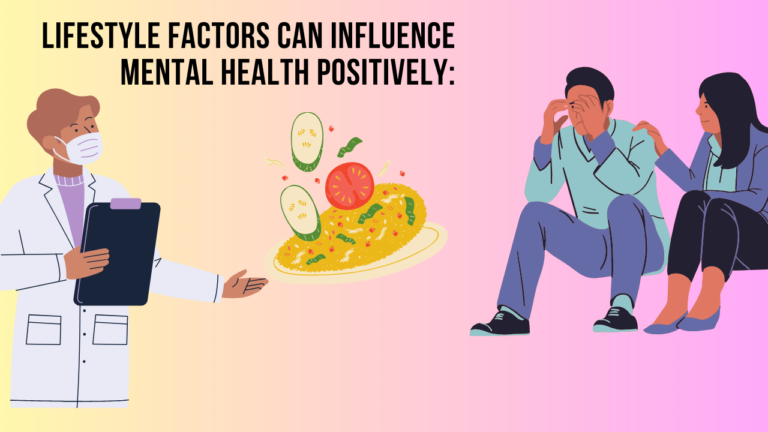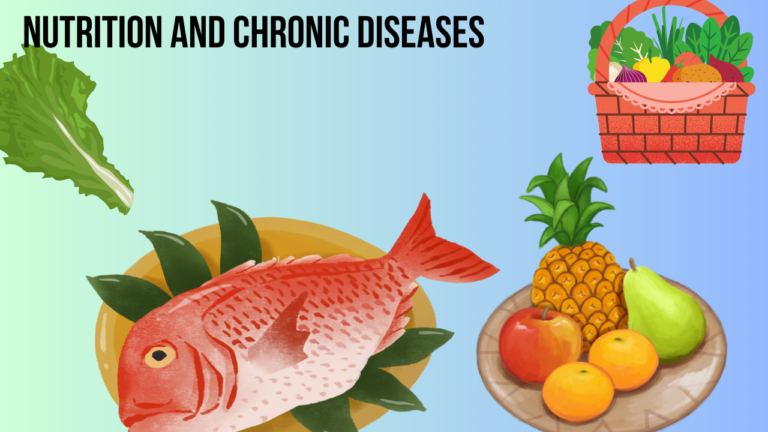Food Allergies and Intolerances

food Allergies Are Immune System Responses To Specific Proteins Found In Certain Foods. When an individual with a food allergy comes into contact with the allergen, their immune system identifies it as harmful and releases chemicals, such as histamine, to defend the body. This immune response can lead to various symptoms, ranging from mild to severe.
Key points about food allergies:
1. Common Allergens: Some foods are more likely to cause allergic reactions than others. The most common food allergens, often referred to as the “big eight,” include peanuts, tree nuts, milk, eggs, soy, wheat, fish, and shellfish. however, Allergies Can Develop To Any Food.
2. Symptoms: Food allergy symptoms can affect various parts of the body. Common symptoms include hives, itching, swelling, abdominal pain, nausea, vomiting, diarrhea, and respiratory symptoms like sneezing or difficulty breathing. In severe cases, a life-threatening reaction known as anaphylaxis can occur, leading to a rapid drop in blood pressure and breathing difficulties.
3. Onset and Duration: Food allergy symptoms typically occur shortly after consuming the allergenic food. Reactions can vary in severity and may subside on their own or require medical intervention.
4. Diagnosis: Food allergies are diagnosed through a combination of medical history, physical examination, and diagnostic tests. Common tests include skin prick tests, blood tests measuring specific antibodies (IgE), and oral food challenges conducted under medical supervision.
5. treatment: the Primary Treatment For Food Allergies Is Strict Avoidance Of The Allergenic food. Individuals with known food allergies must carefully read ingredient labels, communicate their allergies to restaurant staff, and take precautions to prevent accidental exposure. In case of an allergic reaction, an epinephrine auto-injector may be prescribed to be used as emergency treatment.
6. Management: Managing food allergies involves educating the individual, their family, and caregivers about allergen avoidance. Some individuals may outgrow certain food allergies, but others may have allergies persist into adulthood.
It’s essential for individuals with food allergies to work closely with healthcare professionals, including allergists and dietitians, to receive proper diagnosis, treatment, and guidance on managing their condition. Additionally, raising awareness about food allergies and providing support to affected individuals is crucial for creating safe environments.
Food Intolerances:
Food intolerances differ from food allergies and involve the body’s difficulty in digesting or processing certain components of food. Unlike food allergies, food intolerances do not typically involve the immune system, and the symptoms are generally less severe. Here are key points about food intolerances:
7. Digestive System Involvement: Food intolerances primarily affect the digestive system. The body may lack specific enzymes needed for the proper digestion of certain foods or may have difficulty absorbing certain substances.
8. Common Intolerances: Lactose intolerance is a prevalent form of food intolerance, where individuals have difficulty digesting lactose, a sugar found in milk and dairy products. Other examples include gluten intolerance (non-celiac gluten sensitivity), fructose intolerance, and histamine intolerance.
9. Symptoms: Symptoms of food intolerances typically manifest in the digestive system and may include bloating, gas, abdominal pain, diarrhea, and indigestion. Unlike food allergies, symptoms of intolerances often appear gradually and may not be immediately linked to food consumption.
10. Onset and Duration: Intolerance symptoms may develop hours or even days after consuming the problematic food, making it challenging to identify the specific trigger. The symptoms are generally less severe and do not lead to life-threatening reactions like anaphylaxis.
11. Diagnosis: Diagnosis of food intolerances often involves a combination of medical history, symptom tracking, and elimination diets. In an elimination diet, suspected trigger foods are temporarily removed from the diet, and then reintroduced one at a time to observe reactions.
12. Treatment: The primary treatment for food intolerances is to avoid or limit the intake of the triggering substances. For example, individuals with lactose intolerance may choose lactose-free dairy products or take lactase supplements to aid digestion. In the case of gluten intolerance, adopting a gluten-free diet is often recommended.
13. Management: Managing food intolerances involves careful attention to dietary choices and ingredient labels. Working with a registered dietitian can help individuals plan a well-balanced diet while avoiding problematic foods. Unlike some allergies, some individuals with intolerances may be able to tolerate small amounts of the problematic food without triggering symptoms.
It’s important to note that the distinction between food allergies and intolerances is crucial for accurate diagnosis and appropriate management. Individuals experiencing symptoms related to food intolerances should seek guidance from healthcare professionals to identify specific triggers and develop a suitable dietary plan.






